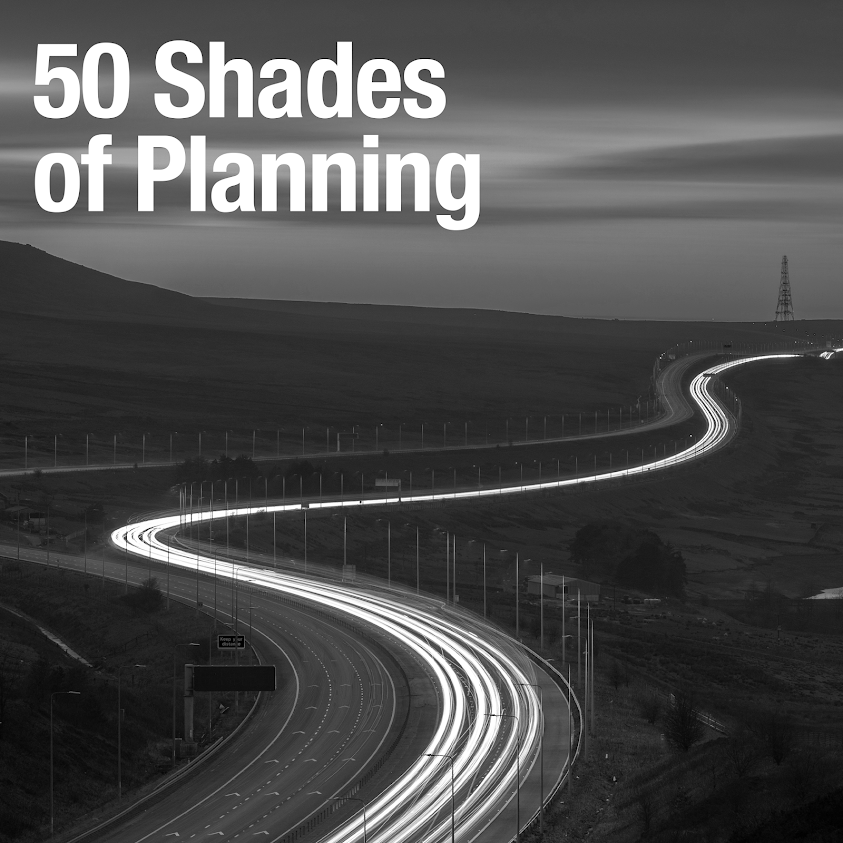An e-petition has been launched seeking to "amend the NPPF" before "irreversible damage is caused to our communities."
The petition goes on to state that:
We the undersigned support the principles of the NPPF but believe that its implementation has led to unanticipated consequences. Opportunist planning applications are being lodged around the country where planning authorities have not adopted their Core Strategy nor have a 5 year housing land supply. In these cases, all planning rules seem to be abandoned including many of the core planning principles in the NPPF. We believe that such large scale development risks massive, irreversible damage to our villages and the surrounding countryside. We do not believe that this was the intention of the NPPF and ask the Government to urgently introduce three specific amendments:
- to allow decision makers to take into account the cumulative effect of development as a material planning consideration;
- to allow planning authorities an extension of time to adopt a new Core Strategy; and
- to require a sequential test to be applied to encourage the effective use of brown field land.
Where to start. The specific amendments perhaps.
The promoters of the e-petition would presumably like a LPA to have the ability to refuse (in situations where it has neither a Local Plan or a five year supply of housing), say, the third application on the edge of, say, a market town on the basis that applications one and two bring to capacity, say, the road network or social infrastructure such as schools and doctors.
In 'The Planning System: General Principles' document (2005) it is stated that a proposed development could be refused if it would be so substantial, or where the cumulative effect would be so significant, that granting permission could prejudice an emerging DPD by predetermining decisions about the scale, location or phasing of new development.
In the example above then if application three cannot provide for measures to mitigate it's impact, then the LPA could legitimately refuse it, and hope to be supported by an appeal inspector on the basis that the impact, to be addressed through the development plan, outweighed the need for new homes.
The promoters of the e-petition would presumably like a LPA to have the ability to refuse (in situations where it has neither a Local Plan or a five year supply of housing), say, the third application on the edge of, say, a market town on the basis that applications one and two bring to capacity, say, the road network or social infrastructure such as schools and doctors.
In 'The Planning System: General Principles' document (2005) it is stated that a proposed development could be refused if it would be so substantial, or where the cumulative effect would be so significant, that granting permission could prejudice an emerging DPD by predetermining decisions about the scale, location or phasing of new development.
In the example above then if application three cannot provide for measures to mitigate it's impact, then the LPA could legitimately refuse it, and hope to be supported by an appeal inspector on the basis that the impact, to be addressed through the development plan, outweighed the need for new homes.
The first draft of the NPPF included no transitional arrangements and the inclusion of a twelve month period in the final draft was one of changes championed by, amongst others, the CPRE and National Trust. As the second anniversary of the NPPF approaches it is worth noting that Local Plan coverage remains poor. Of the 39 LPAs in the North West, for example, 19 have adopted Core Strategies, though many of these were put in place before the NPPF and the requirements to identify objectively assessed need. Would more Local Plans be in place had transitional arrangements not been included in the NPPF? That's obviously difficult to answer, but the fact that coverage remains so low is a reason not to allow further extensions.
The NPPF already encourages "the effective use of land by reusing land that has been previously developed (provided that it is not of high environmental value) as a core planning principle and n inspector considering the Reigate Core Strategy recently endorsed an approach to only allow greenfield sites when necessary to maintain a five year supply on the basis that introducing them at an early stage risked undermining an “urban areas first” strategy.
"We support the principles of the NPPF but believe that its implementation has led to unanticipated consequences" sounds very much like the standard NIMBY refrain of "we support the need for new houses, but they have to be in the right place and this isn't the right place".
If the promoters of this e-petition really support the principles of the NPPF then they will support the delivery of new homes via a plan-led development control system. Further NPPF reform, and it's worth again noting that the CPRE and National Trust garnered plaudits for the revision that were secured to the final draft, will only serve to delay progress with Local Plans and, contrary to what this petition is trying to achieve, will result in more applications being determined by inspectors in accordance with the NPPF and the presumption of sustainable development.
Where to finish. Well as a counterpoint to those seeking to reform the NPPF I have created an e-petition of my own.
Save the NPPF.

Comments
Post a Comment